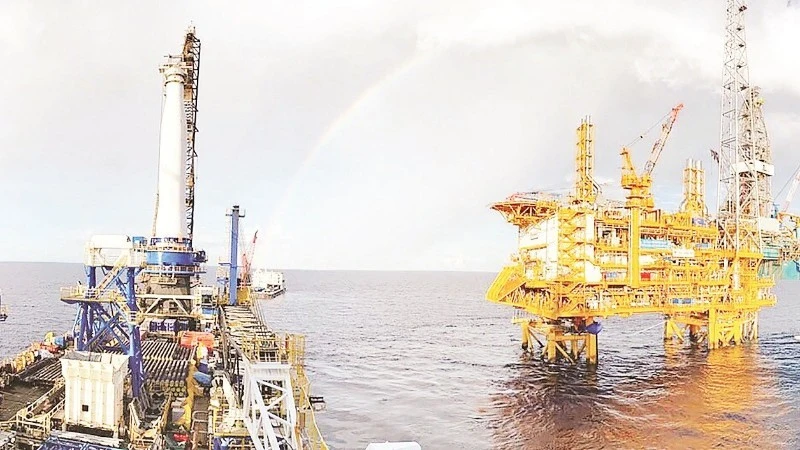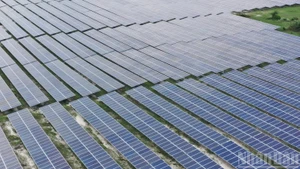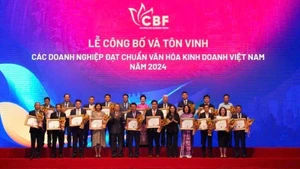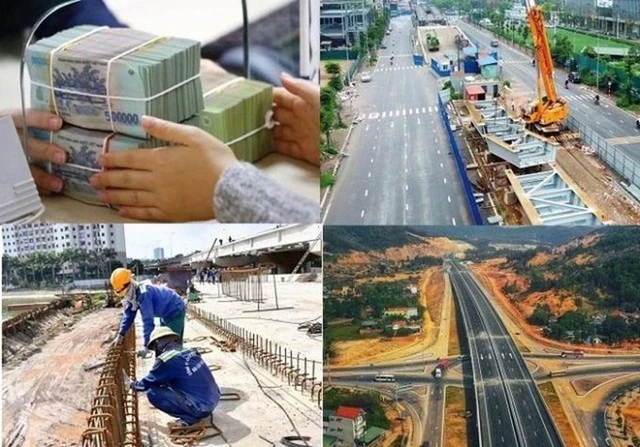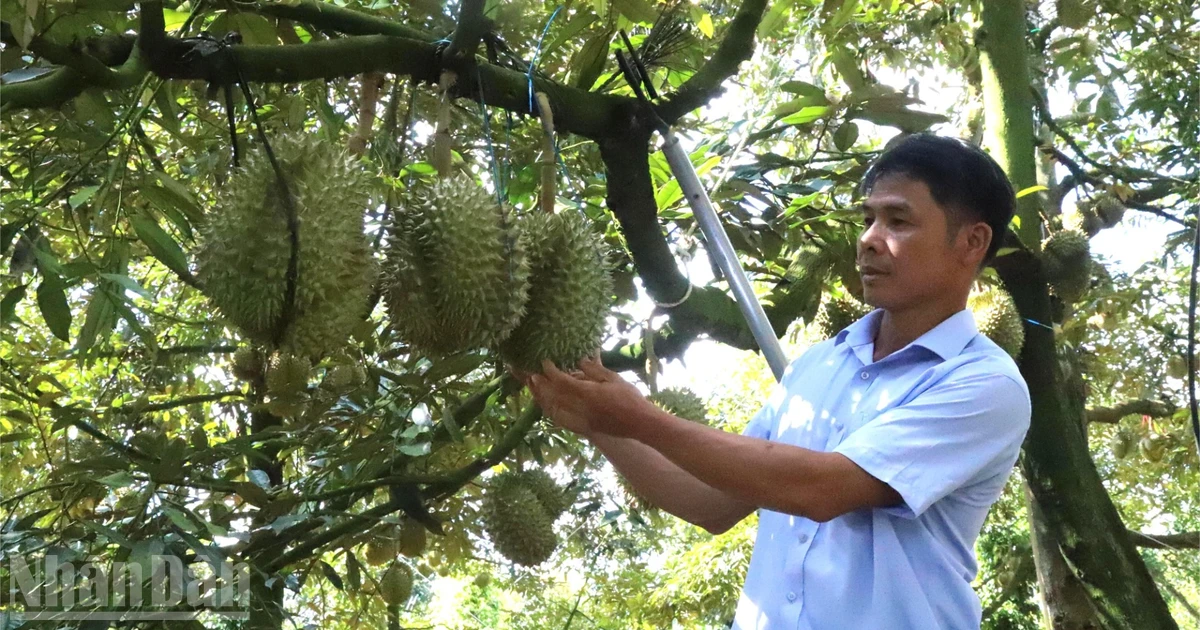Substantive growth driven by internal momentum
The Index of Industrial Production (IIP) rose by 11.81% in the first five months, a sign of solid recovery in the manufacturing sector. Notably, the processing and manufacturing industry, Da Nang’s economic backbone, grew by 12.09%. This growth stems from a series of efforts ranging from improving the investment climate to supporting businesses in expanding their markets.
Many sectors recorded double-digit growth, such as beverage production (+24.59%), wood processing (+33.64%), and pharmaceuticals (+30.65%). These sectors, which are tied to export markets and recovering domestic demand, suggest that consumer purchasing power is gradually rebounding after a prolonged period of being suppressed by inflation and fluctuating input costs.
However, behind the encouraging figures lie signs of divergence. Some processing industries, such as textiles, electrical equipment, and wooden furniture, experienced a downturn due to uneven recovery in export markets. This underlines the urgent need for the city’s authorities and business community to restructure product lines, strengthen regional linkages, pursue green transformation, and make full use of trade agreements.
Services and tourism as launch pad with risks remaining
It is no coincidence that services and tourism continue to be key drivers of Da Nang’s overall growth. With a sharp rise in international arrivals during the April 30 –May 1 holidays and a series of cultural and marine sports events, revenue from accommodation and food services grew significantly. This not only provided direct income but also created a “ripple effect” across other sectors such as retail, logistics, communications, and transport.
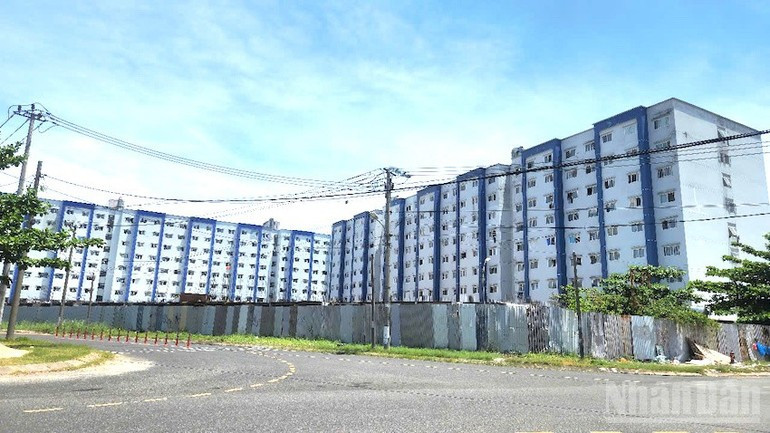
According to the municipal Statistics Sub-Department, retail sales of goods in the first five months reached nearly 36 trillion VND, up 18.2% compared to the same period in 2024. Notably, this growth did not come from essential goods, but rather from non-essential items such as cultural products (+37.3%), garments (+18.4%), and construction materials (+42.2%). This indicates that consumer confidence is gradually stabilising, an encouraging sign for sustainable growth.
Tourism also continues as a “catalyst”, stimulating other socio-economic sectors. The International Fireworks Festival, the “Rhythm of the Blue Waves” event series, and the 2025 beach tourism season have all helped put Da Nang back on the global tourism map after a downturn due to the pandemic and regional competition.
While the economic outlook for the first five months of 2025 in Da Nang is largely positive, it must be acknowledged that growth is not yet truly sustainable, as it still relies heavily on a few specific service sectors and large-scale enterprises. Small and medium-sized enterprises (the majority) continue to face challenges in accessing capital, markets, and skilled labour.
From an industrial perspective, declining consumption in certain sectors (such as beverages, paper, and food processing) despite increased production may point to localised oversupply or inventory risk. The consumption index for the processing and manufacturing sector fell by 7.15% in May compared to the previous month, and this trend will need to be monitored closely in the coming months.
Additionally, the real estate market, an indirect pillar supporting industrial production and consumption, has yet to regain its vibrancy. This bottleneck could have a domino effect on several related industries, including construction materials, furniture, and financial services.
Consistent, business-centred policies needed
In the coming period, to sustain growth momentum, Da Nang must continue implementing selective business support policies aligned with economic restructuring goals.
Some long-term directions to consider include: developing high-tech and clean industries, with a focus on attracting quality FDI and supporting domestic enterprises to participate in global value chains; modernising trade and logistics infrastructure, first by completing the Lien Chieu logistics centre and upgrading seaports and airports to facilitate import–export activities; accelerating digital transformation and regional connectivity to help micro and small businesses access new technologies and expand into domestic and international markets; increasing investment in smart tourism infrastructure and diversifying tourism products to transform Da Nang into an all-season destination, rather than one dependent on short-term events.
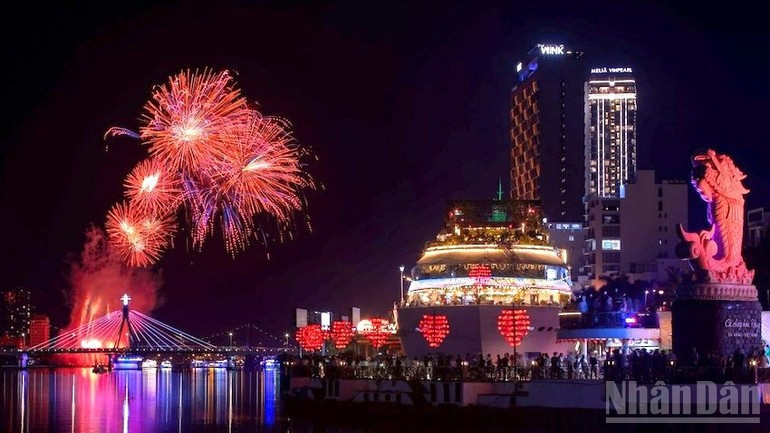
The achievements of the past five months show that Da Nang is on the right path, recovering quickly, with real and targeted growth. However, in the second half of 2025, the key challenge is not just to “grow” but to “grow sustainably”; not just to create “short-term momentum” but to develop “long-term policies.” To achieve this, consistent governance, a transparent investment environment, and strong support for the business community will be essential.
While growth is necessary, sustainable development remains the ultimate goal for a liveable city, a shared concern for the entire political system, the business community, and the people of Da Nang.



